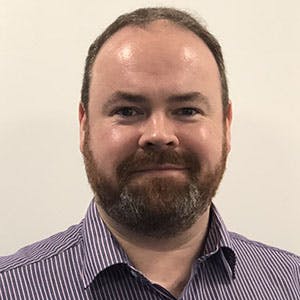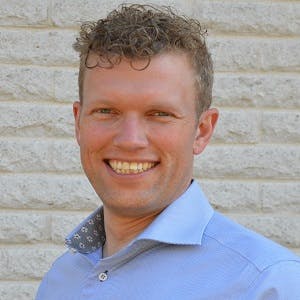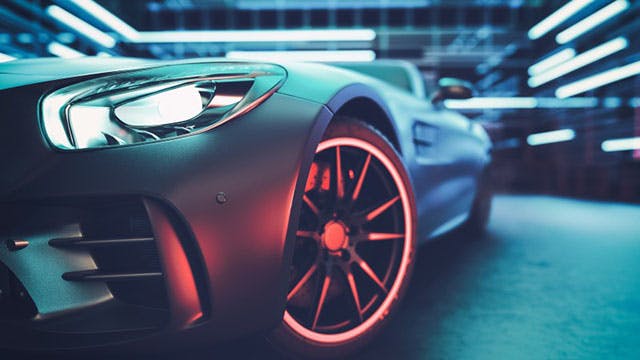これからの自動車はますます複雑化した高度に統合された機能装備が含まれることから、今以上の処理能力を備えたECUが必要です。 短い開発サイクルのなかで、高い接続性を備えたE/Eアーキテクチャーで競争力のある機能を実現することが大きなプレッシャーになっています。この数年の間、これまでTier1サプライヤーに委託していたECU開発を見直し、ブランド強化に直結するIPや新技術を伴う機能を自社で開発しようとするOEMが増えてきました。 こちらのウェビナーは2人の専門家がお送りします。Capital VSTARの製品マネージャーであるMathias Fritzsonと上級技術マーケティングエンジニアであるBrendan Morrisが最近の動向を考察し、Tier1サプライヤーとOEMの役割の変化、それをサポートするソリューションを紹介します。
Reduce the risk of errors with automotive embedded software
Automakers face the challenge of increasing complexity in-vehicle systems with continuous pressure on cost and timing. Automotive embedded software has many protocols and standards requirements, making collaboration critical for OEMs when building future systems. Developers need to have an efficient, automated workflow that removes repetitive tasks, eliminates manual errors, and gives additional tool assistance when required to collaborate engineering activities. Siemens provides embedded software solutions that put the developer first and are usable in the whole vehicle with the necessary properties for the features of today and tomorrow. It is generative automated, provides an ease-of-use, and allows the reuse of the applicable parts of the design to support engineers in getting it right the first time.
Streamline ECU software development by using E/E systems
Software is fast becoming the dominant part of the vehicle value. OEMs need to ensure that the system is according to the features described at the higher level. Collaborating on IP protection is necessary for the insourcing trend of combining the OEM's IP and supplier and partner IP. The OEM's value is the developers, and the environment for them to operate in needs to be attractive, and they need to retain all of their skills. Future personal transportation needs will require a different set of configuration abilities like service-oriented architectures because functions will travel over ECUs and possibly to the cloud over a vehicle's lifetime and future variants. Streamline ECU software development starts with systems development on the digital thread, with most innovation happening in the E/E systems, ensuring that the functions' definition and allocations are coherent.
Watch the on-demand webinar to discover why in-vehicle embedded software development is increasingly displacing mechanical engineering as the differentiator in creating automotive brand experiences.
このウェビナーで学べる内容:
- 組み込みソフトウェア開発におけるOEMとTier1サプライヤーの役割分担の変化
- こうした変化を牽引するシステム
- 変化が開発プロセスに何をもたらすか、求められるスキルとデータ交換フォーマット</li><li>最新の設計手法とそれを支えるソリューション
- 経験豊富な専門エンジニアの負担を減らすジェネレーティブ設計ツールの登場
講演者の紹介

Brendan Morris
Senior Technical Marketing Engineer
Brendan spent his early career working in Tier 1 suppliers into the Automotive Industry, focusing primarily on software development in powertrain electronics, however spending some time working in a diverse range of technologies for on and off highway vehicles. He spent the next 10yrs working for several vehicle OEM's at all stages of vehicle development programs. Several of these years leading research projects at Jaguar Land Rover introducing new network technologies into their latest and future E/E Architectures, also represented the company in AUTOSAR WP-A2 Com Work Package. He has also lead several aspects of development and launch of low volume vehicles, including E/E Architecture, and start-up vehicle OEM's as diverse as McLaren Automotive and Rivian.

Mathias Fritzson
Product Manager
Mathias has spent nearly 20 years of his career in embedded development and design of software and multiplexed communication for the automotive industry. His interest in automotive systems and technical curiosity has resulted in key assignments scaling from software engineering on large-scale ECU production programs to research programs in functional safety, base technology development, standardization, and verification on bus technology. Mathias has spent the last decade on AUTOSAR, advocating for the use of the standard while conducting product development and making customers successful. Currently, he is the product manager for Capital VSTAR products. Mathias oversees product development and marketing activities.
